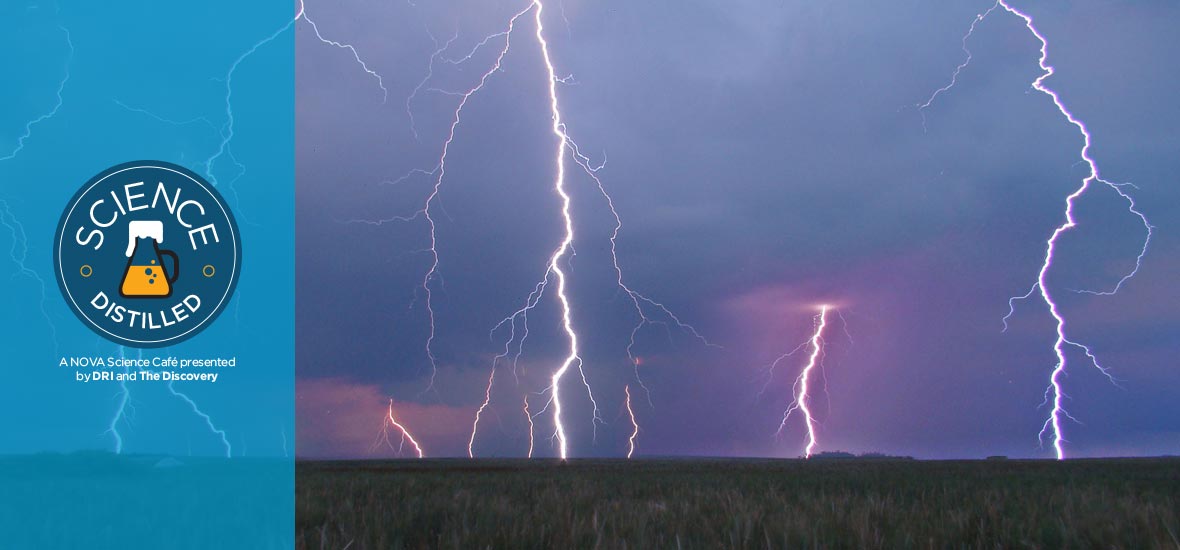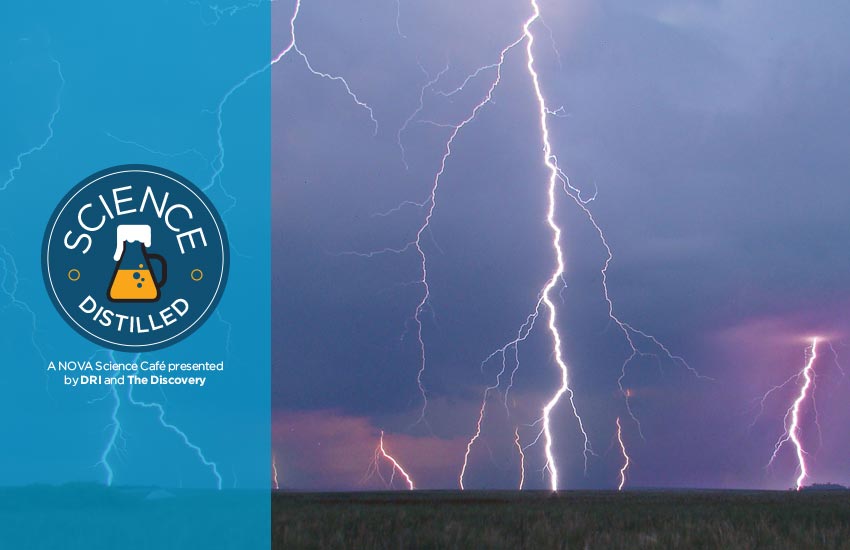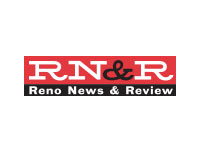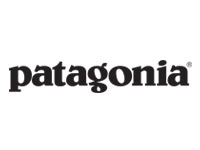Crafting natural hazard warnings that people take seriously.
It’s safe to assume that we’ve all seen a weather forecast and muttered, “I’ll believe it when I see it.” How do we decide when to take warnings about natural hazards seriously? And when do we brush them off, assuming the forecasters are just crying wolf?
At this installment of Science Distilled, hear from the researchers probing this decision-making process and the science behind it. A communication expert from the University of Nevada, Reno and a seismologist from the US Geological Survey will share how they approach the challenge of communicating the risks of hazards like extreme heat, earthquakes, and snowstorms. They’ll describe how they craft warnings and incorporate feedback from us, the folks at home, so that we don’t ignore them. We’ll also see how trust is the key ingredient in crafting forecasts. Join us to learn about the forecasts that inspire us to act and make our families and our property safer.
Location: Patagonia Outlet, 130 S. Center Street, Downtown Reno
Times: Doors open at 7:00pm, presentation begins at 7:30pm
Featured speakers:
Sarah Minson is a research geophysicist with the U.S. Geological Survey’s Earthquake Science Center. Her research interests include determining the physics of earthquake ruptures and predicting the shaking from earthquakes in real-time for earthquake early warning. When not working on science, she follows instructions from her cat. Sarah received her B.A. from the University of California, Berkeley, and M.S. and Ph.D. degrees from the California Institute of Technology.
Kat Lambrecht completed her doctoral research on interdisciplinary communication and writing at UNR in 2018. Her research focuses on bridging communication gaps between different types of experts, as well as between experts and the public.





